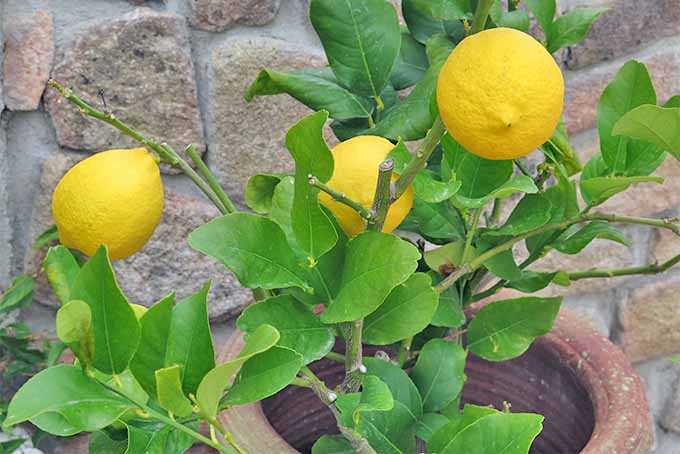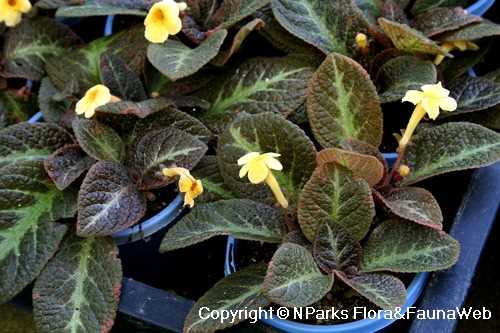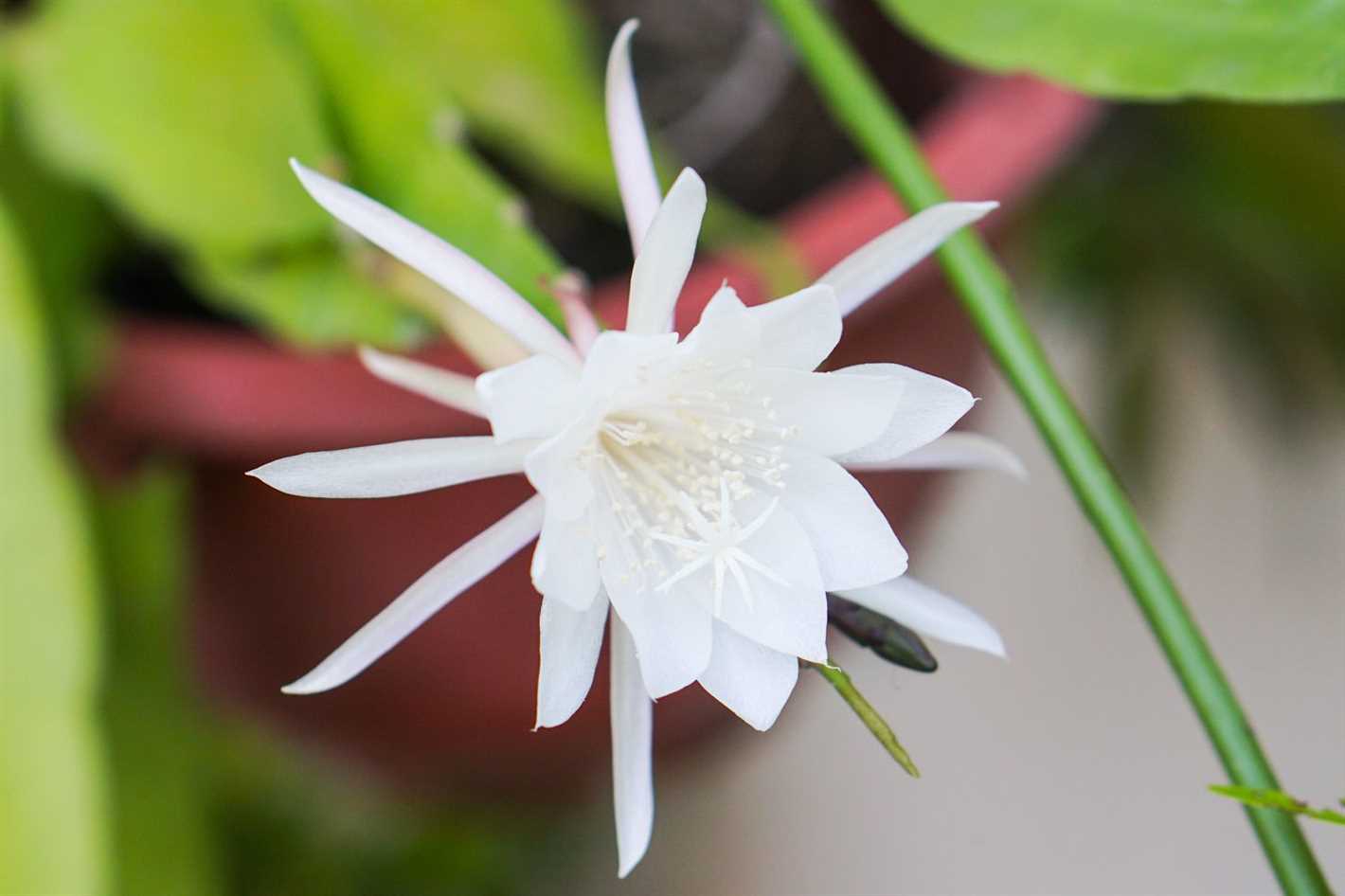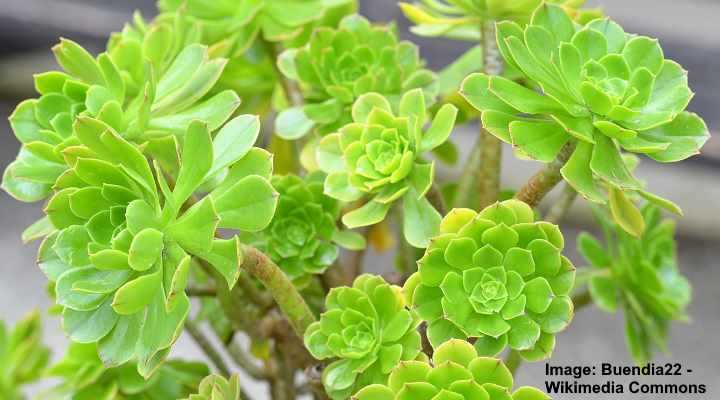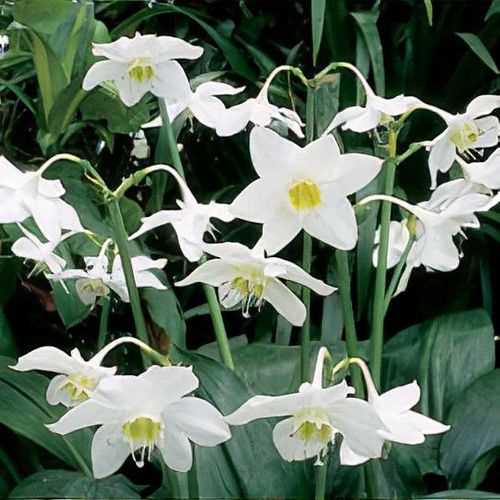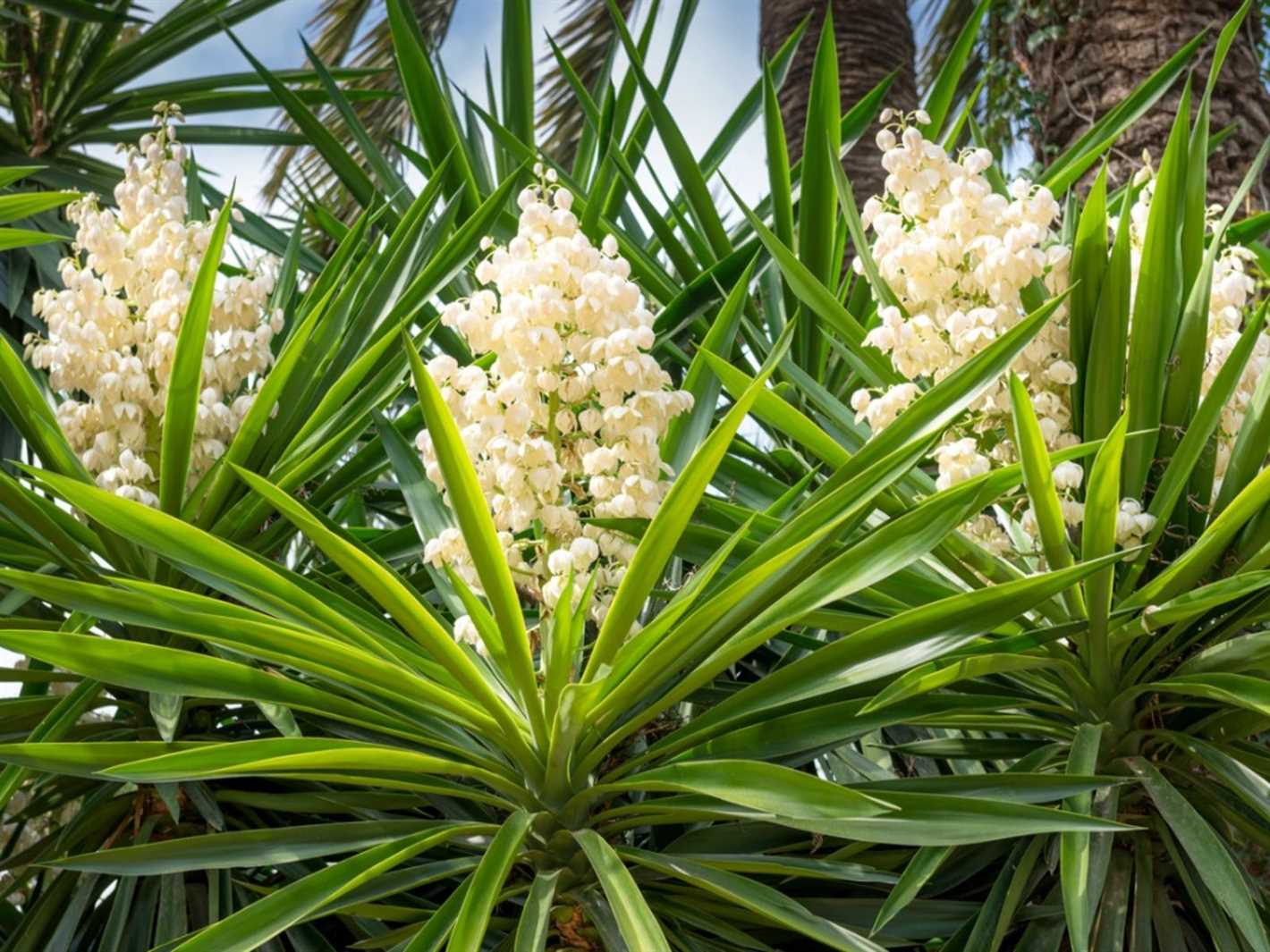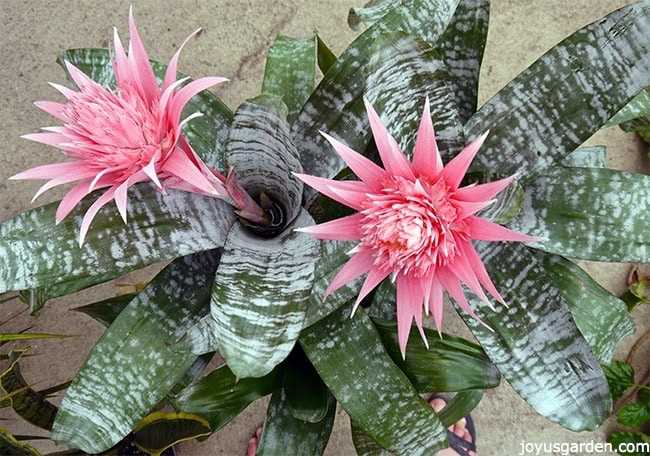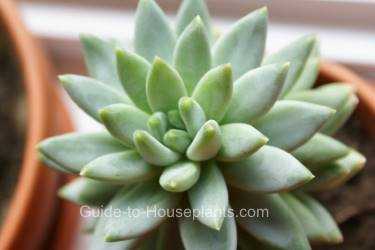- Benefits of Growing Asparagus
- 1. Nutritional Value
- 2. Long-Term Harvest
- 3. Health Benefits
- 4. Good for the Environment
- 5. Culinary Versatility
- 6. Beautiful Ornamental Plant
- 7. Cost Savings
- Choosing the right Asparagus species
- Some of the commonly grown species include:
- Factors to consider when choosing an Asparagus species:
- How to plant Asparagus bulbs
- Step 1: Choose a suitable location
- Step 2: Prepare the soil
- Step 3: Plant the bulbs
- Step 4: Cover and water
- Step 5: Mulch and care for the plants
- Step 6: Harvesting and maintenance
- Step 7: Winter care
- Caring for your Asparagus plants
- 1. Location and Soil
- 2. Planting
- 3. Watering
- 4. Fertilizing
- 5. Mulching
- 6. Weed Control
- 7. Pest and Disease Control
- 8. Harvesting
- 9. Winter Care
- 10. Division and Propagation
- Common pests and diseases affecting Asparagus
- Aphids
- Spider mites
- Asparagus beetles
- Fusarium Wilt
- Cercospora Leaf Spot
- Root Rot
- Harvesting and storing your Asparagus
- Harvesting
- Storing
- Photo gallery: Beautiful Asparagus varieties
- 1. Jersey Knight
- 2. Mary Washington
- 3. Purple Passion
- 4. Sweet Purple
- 5. UC 157 F1
- Q&A:
- What is asparagus?
- How do I care for asparagus plants?
- What are the different species of asparagus?
- How long does it take for asparagus plants to mature?
- Can I grow asparagus from seeds?
- Video: How To Grow Asparagus – Complete Growing Guide
Asparagus, also known as Asparagus officinalis, is a popular vegetable that is cherished for its tender shoots and unique flavor. With its intricate fern-like foliage and vibrant green color, asparagus is not only delicious but also adds a touch of elegance to any dish.
However, growing and caring for asparagus can be a bit challenging, especially for beginners. This comprehensive guide will provide you with everything you need to know about asparagus, including care tips, photos, and information on different species.
When it comes to caring for asparagus, one of the most important factors to consider is the soil. Asparagus thrives in well-drained soil with a pH level between 6.0 and 7.0. It is also essential to provide the plants with plenty of sunlight and water, but be careful not to overwater asparagus, as it can lead to root rot.
Asparagus comes in various species, including the common green asparagus, the less common white asparagus, and the unique purple asparagus. Each species has its own distinct flavor and appearance, making it a versatile vegetable to experiment with in the kitchen.
Join us as we delve into the fascinating world of asparagus, from planting and caring for your own asparagus patch to exploring different species and discovering delicious asparagus recipes. Whether you are an experienced gardener or a culinary enthusiast, this comprehensive guide will equip you with all the knowledge you need to enjoy the wonders of asparagus.
Benefits of Growing Asparagus
Asparagus is a versatile and nutritious vegetable that has many benefits when grown in your garden. Here are some reasons why you should consider growing asparagus:
1. Nutritional Value
Asparagus is a rich source of vitamins and minerals, including vitamin K, vitamin C, vitamin A, vitamin E, folate, and potassium. It is also low in calories and contains high amounts of dietary fiber.
2. Long-Term Harvest
Once properly established, asparagus plants can produce harvests for up to 15 years. This makes it a great investment for your garden, as you can enjoy a continuous supply of fresh asparagus spears year after year.
3. Health Benefits
Asparagus has numerous health benefits. It is known to help support healthy digestion, promote weight loss, and boost the immune system. It is also a natural diuretic and can help detoxify the body.
4. Good for the Environment
Asparagus plants have deep root systems that help improve soil structure and prevent erosion. They also require less water compared to many other garden vegetables, making them an environmentally-friendly choice for your garden.
5. Culinary Versatility
Asparagus can be cooked in a variety of ways and used in numerous recipes. It can be steamed, grilled, roasted, stir-fried, or even eaten raw. Its unique flavor and texture make it a versatile ingredient in both savory and sweet dishes.
6. Beautiful Ornamental Plant
Asparagus ferns, which grow from mature asparagus plants, have delicate, feathery foliage. They can be grown in containers or used as a decorative ground cover in your garden. The lush, green foliage adds a touch of beauty to any landscape.
7. Cost Savings
By growing your own asparagus, you can save money on purchasing it from the store. Fresh asparagus can be quite expensive, especially when it is out of season. Growing your own allows you to enjoy this delicious vegetable without breaking the bank.
In conclusion, growing asparagus offers numerous benefits. From its nutritional value and long-term harvests to its health benefits and culinary versatility, asparagus is a valuable addition to any garden. Consider adding this nutritious and delicious vegetable to your gardening plans.
Choosing the right Asparagus species
When it comes to choosing the right Asparagus species to grow, there are several factors to consider. Each species has its own unique characteristics and requirements, which will determine whether it is suitable for your particular gardening conditions and preferences.
Some of the commonly grown species include:
- Asparagus officinalis: This is the most widely cultivated species and is commonly referred to as garden asparagus or edible asparagus. It is known for its delicious and tender spears, making it a popular choice for vegetable gardens.
- Asparagus setaceus: Also known as the asparagus fern, this species is primarily grown as an ornamental plant due to its delicate foliage and cascading growth habit. It is not typically grown for its edible qualities.
- Asparagus racemosus: This species, also known as shatavari, is primarily grown for its medicinal properties. It is a climbing plant that produces small white flowers and is commonly used in traditional Ayurvedic medicine.
Factors to consider when choosing an Asparagus species:
- Growing conditions: Take into account the climate, soil type, and available sunlight in your garden. Some species may have specific temperature or soil requirements that need to be met for successful growth.
- Intended use: Consider whether you are growing asparagus for its edible qualities, ornamental value, or medicinal properties. This will help you choose a species that aligns with your needs and preferences.
- Maintenance and care: Some species may require more intensive care and maintenance compared to others. Take into consideration how much time and effort you are willing to invest in caring for your asparagus plants.
It is important to do thorough research on the specific requirements and characteristics of each Asparagus species before making a decision. This will ensure that you choose the right species that is well-suited to your gardening goals and conditions.
How to plant Asparagus bulbs
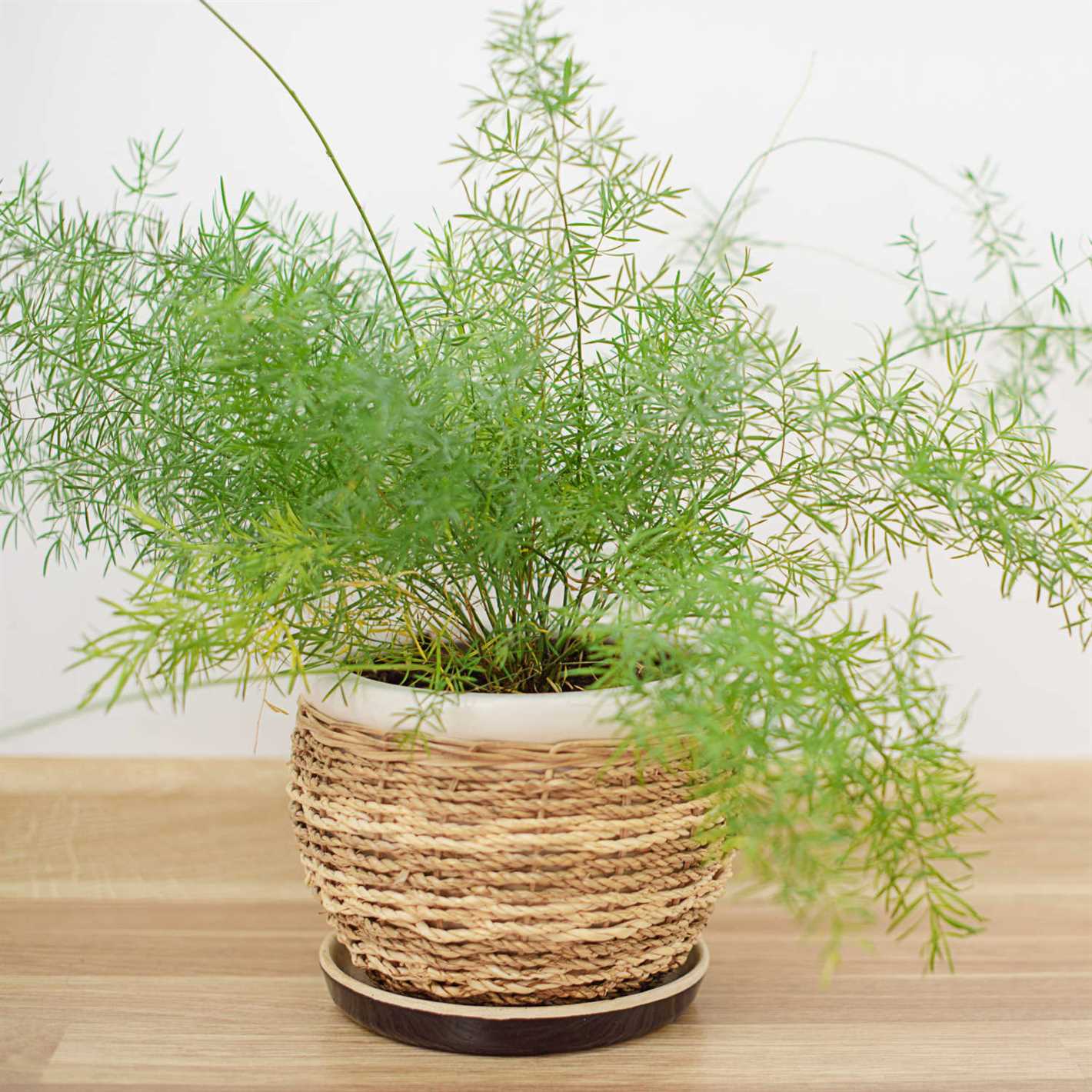
Step 1: Choose a suitable location
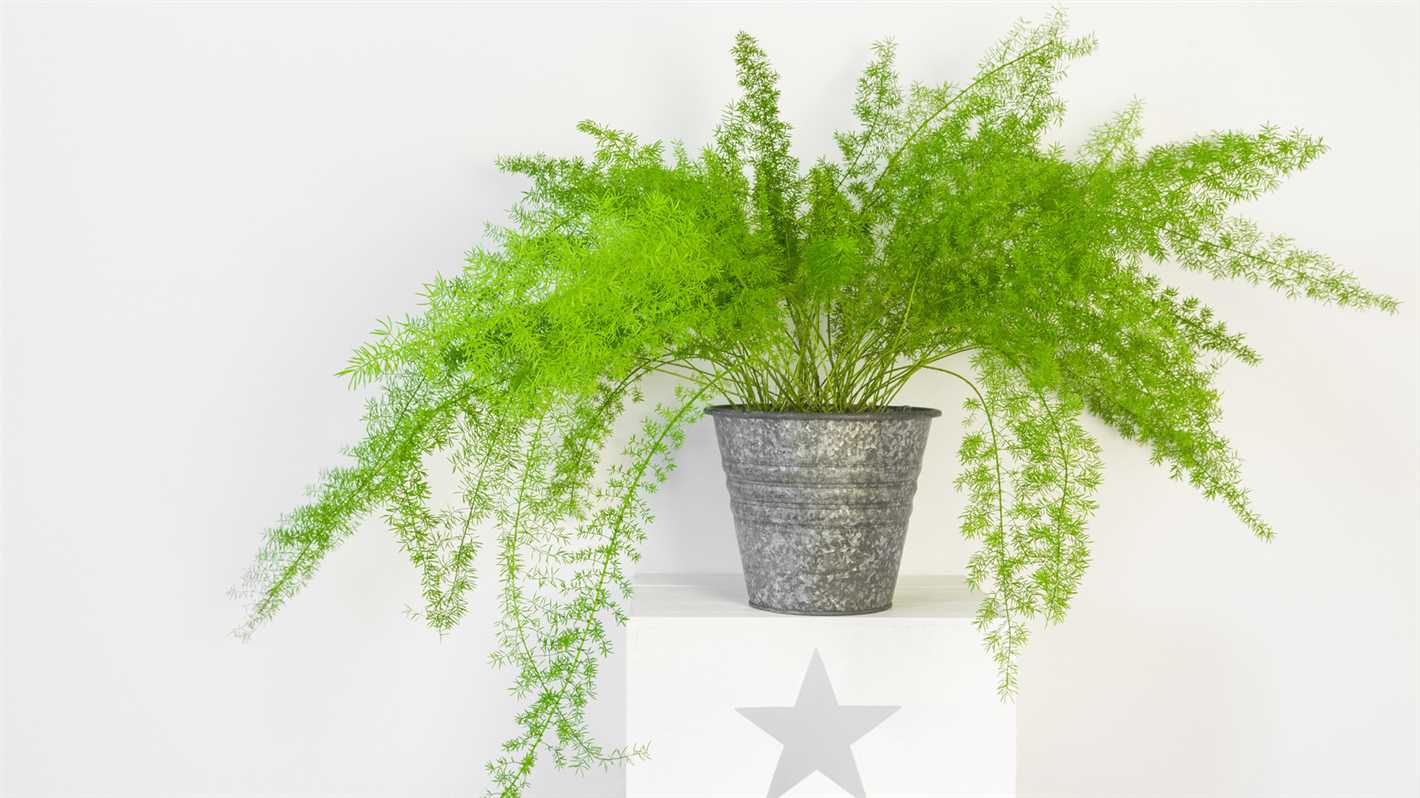
Asparagus is a perennial crop that can last for many years, so it’s important to choose a suitable location for planting. Select a spot in your garden that receives full sun and has well-drained soil. Asparagus prefers soil with a pH level between 6.0 and 7.0.
Step 2: Prepare the soil
Before planting the asparagus bulbs, it’s essential to prepare the soil. Start by removing any weeds or grass from the planting area. Loosen the soil to a depth of at least 12 inches and add organic matter such as compost or well-rotted manure to improve soil fertility.
Step 3: Plant the bulbs
Asparagus bulbs, also known as crowns, should be planted in trenches that are 6-8 inches deep and 12-18 inches wide. Space the crowns 12-18 inches apart within the trench. Make sure the buds or growing points are facing up.
Step 4: Cover and water
After placing the crowns in the trench, cover them with 2-3 inches of soil. As the plants grow, gradually fill in the trenches with soil until they are level with the ground. Water the newly planted asparagus thoroughly and keep the soil evenly moist during the growing season.
Step 5: Mulch and care for the plants
Apply a layer of organic mulch, such as straw or shredded leaves, around the asparagus plants to help retain moisture and suppress weed growth. Keep the area weed-free and water the plants regularly. Asparagus requires about 1-1.5 inches of water per week.
Step 6: Harvesting and maintenance
It’s important to wait at least two years before harvesting asparagus to allow the plants to establish strong root systems. Once the plants are established, you can harvest spears when they reach a height of 6-8 inches above the ground. Cut the spears at ground level with a sharp knife or garden shears. After harvesting, allow some spears to grow into fern-like foliage, which will help nourish the plants for the next year’s harvest.
Step 7: Winter care
In colder climates, it’s essential to protect the asparagus plants during the winter months. After the first frost, cut back the foliage to ground level and cover the plants with a thick layer of mulch. This will help insulate the crowns and prevent freezing and winter damage.
By following these steps, you can successfully plant and grow asparagus bulbs in your garden. Enjoy harvesting the delicious spears for years to come!
Caring for your Asparagus plants
1. Location and Soil
Asparagus plants thrive in full sun, so choose a location in your garden that receives at least 6-8 hours of direct sunlight per day. The soil should be well-draining and slightly acidic, with a pH level between 6.0 and 7.0.
2. Planting
When planting asparagus, make sure to prepare the soil by removing any weeds and adding organic matter such as compost or well-rotted manure. Dig a trench that is about 12 inches deep and place the asparagus crowns in the trench, spacing them about 18-24 inches apart. Cover the crowns with a few inches of soil, and gradually fill in the trench as the plants grow.
3. Watering
Asparagus plants require regular watering, especially during dry periods. Keep the soil consistently moist, but avoid overwatering, as it can lead to root rot. Water deeply and allow the soil to dry slightly between waterings.
4. Fertilizing
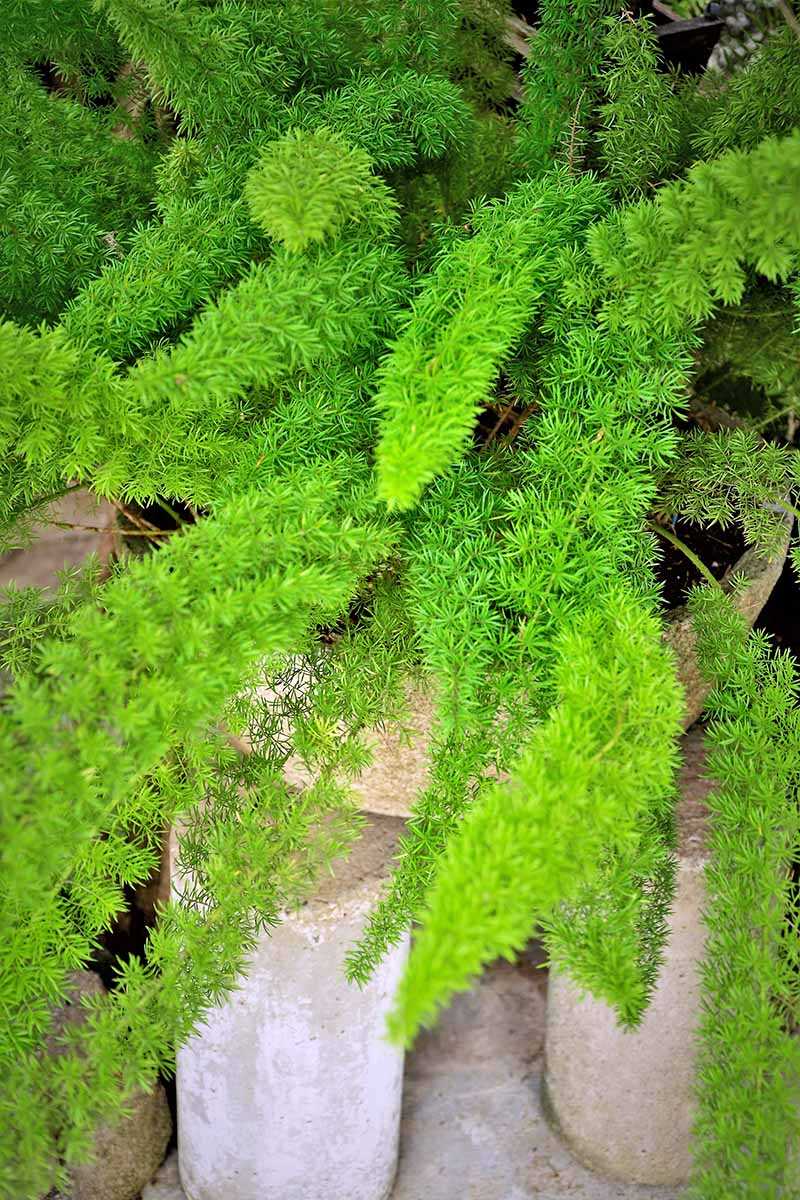
Feed your asparagus plants with a balanced fertilizer, such as a 10-10-10 NPK formula, in early spring before they start actively growing. Avoid high-nitrogen fertilizers, as they can encourage excessive foliage growth at the expense of spears.
5. Mulching
Applying a layer of mulch around your asparagus plants helps to conserve moisture, suppress weeds, and regulate soil temperature. Use organic mulch, such as straw or chopped leaves, and apply it to a depth of 2-3 inches.
6. Weed Control
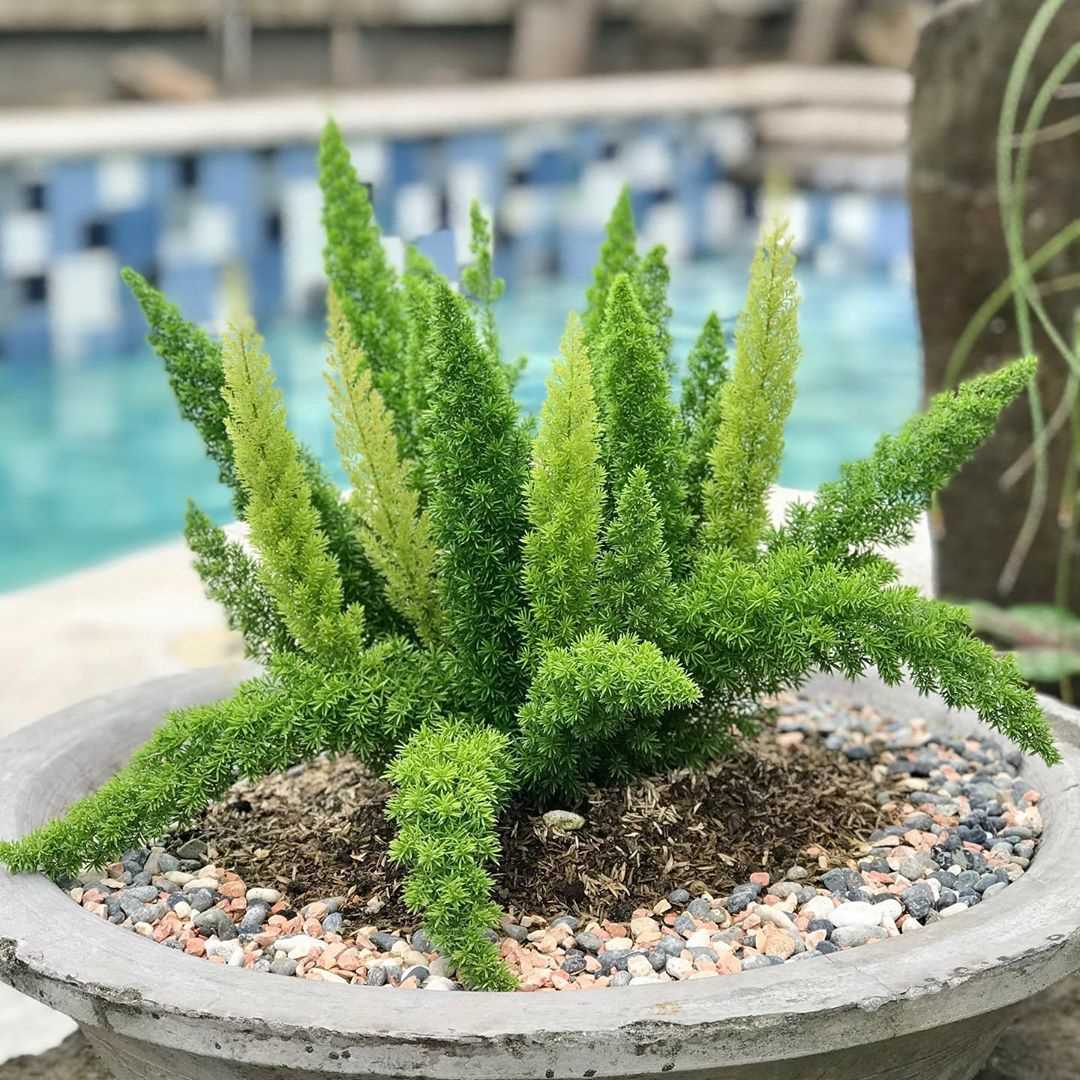
Regular weeding is important to keep your asparagus beds free from competition. Carefully remove any weeds by hand, taking care not to disturb the shallow roots of the asparagus plants. Applying a layer of mulch can also help control weeds.
7. Pest and Disease Control
Asparagus plants are generally pest and disease-resistant, but occasional problems can occur. Keep an eye out for common pests like asparagus beetles and slugs, and take appropriate measures to control them. Diseases such as fusarium wilt and rust can also affect asparagus plants; consult a gardening expert for advice on prevention and treatment.
8. Harvesting
Asparagus spears can be harvested when they reach a height of 6-8 inches. Cut them at or slightly below the soil level using a sharp knife or scissors. Harvesting should be done selectively, leaving some spears to develop into ferns, which will replenish the plant’s energy for the following year.
9. Winter Care
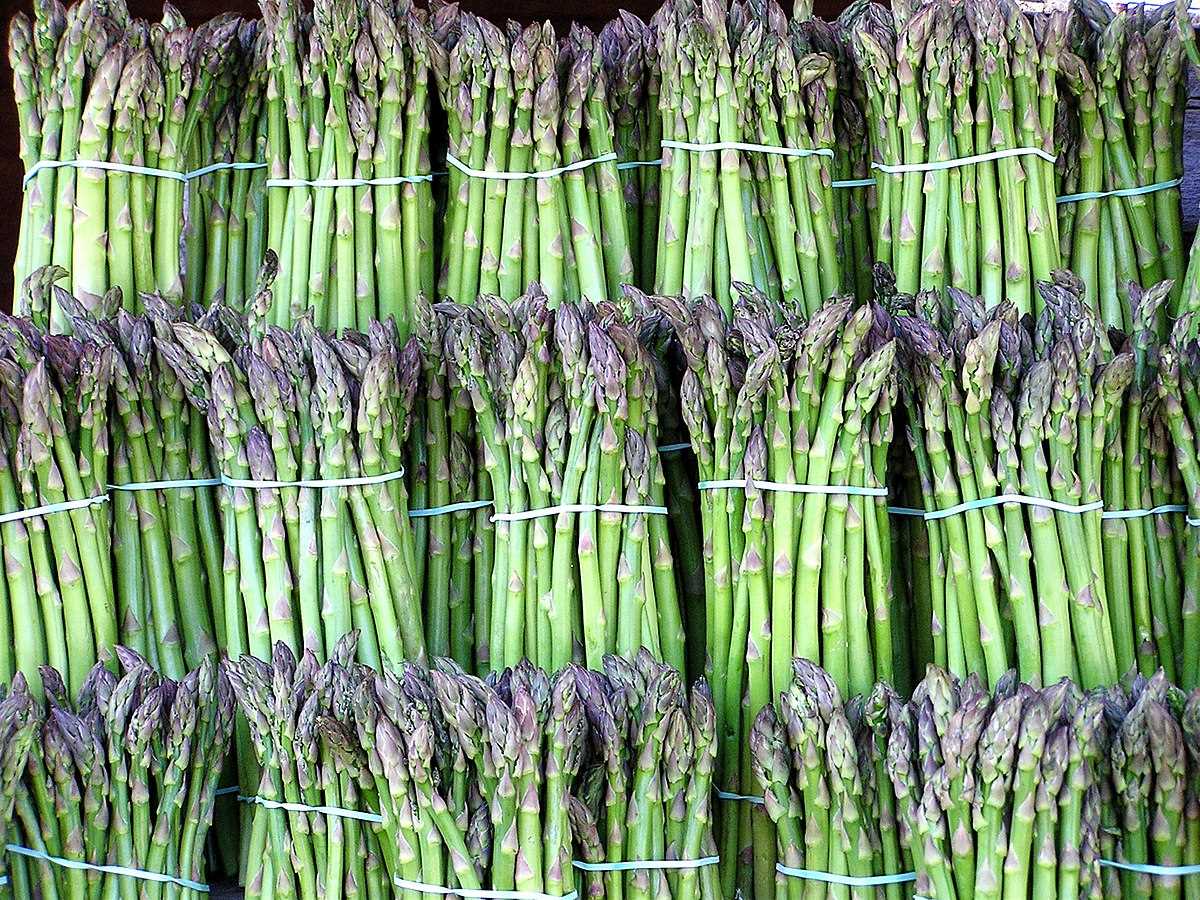
In colder regions, it is important to protect your asparagus plants from freezing temperatures. After the ferns have turned brown in the fall, cut them back to the ground and apply a layer of mulch or straw to insulate the crowns. Remove the mulch in early spring when the soil warms up.
10. Division and Propagation
Asparagus plants can be divided and propagated every 3-4 years to maintain their vigor. Dig up the crowns in early spring or late fall, separate them into smaller sections, and replant them in prepared soil. Ensure that each division has a few healthy roots attached. Allow the newly divided plants some time to establish before resuming regular care.
By following these care guidelines, you can ensure that your asparagus plants thrive and provide you with a bountiful harvest for years to come.
Common pests and diseases affecting Asparagus
Asparagus is a hardy plant, but like any other plant, it is susceptible to certain pests and diseases that can affect its growth and overall health. Here are some of the common pests and diseases that can affect asparagus:
Aphids
Aphids are small insects that feed on the sap of asparagus plants. They can cause yellowing and wilting of the leaves, stunting of growth, and the formation of sticky honeydew on the leaves and stems. To control aphids, you can use insecticidal soap or neem oil.
Spider mites
Spider mites are tiny pests that feed on the undersides of asparagus leaves. They can cause yellowing, mottling, and subsequent drying of the affected leaves. To control spider mites, you can use a strong blast of water to knock them off the plants or use an insecticidal soap.
Asparagus beetles
Asparagus beetles are small black or yellow insects with red spots on their wings. They feed on asparagus foliage and can cause defoliation if left untreated. To control asparagus beetles, you can handpick them from the plants or use insecticides labeled for asparagus beetles.
Fusarium Wilt
Fusarium wilt is a fungal disease that affects the roots of asparagus plants. It causes yellowing and wilting of the foliage, stunting of growth, and ultimately the death of the plant. To prevent Fusarium wilt, it is important to plant asparagus in well-drained soil and practice proper crop rotation.
Cercospora Leaf Spot
Cercospora leaf spot is a fungal disease that causes small, round spots to form on the leaves of asparagus plants. As the disease progresses, the spots enlarge and turn brown. To control Cercospora leaf spot, you can apply fungicides labeled for asparagus diseases.
Root Rot
Root rot is a common problem in asparagus plants that are grown in poorly drained soils. It is caused by several types of soil-borne fungi and can cause the roots to rot and the plant to wilt and die. To prevent root rot, it is important to ensure good drainage and avoid overwatering.
| Pest/Disease | Prevention | Management |
|---|---|---|
| Aphids | Regularly inspect plants for signs of aphid infestation. Avoid over-fertilization, as this can attract aphids. | Use insecticidal soap or neem oil to control aphids. Encourage natural predators like ladybugs and lacewings. |
| Spider mites | Keep plants well-watered and increase humidity around the plants. | Use a strong blast of water to knock off spider mites. Apply insecticidal soap if necessary. |
| Asparagus beetles | Remove overwintering debris from the garden to reduce beetle populations. | Handpick beetles from the plants or use insecticides labeled for asparagus beetles. |
| Fusarium Wilt | Plant asparagus in well-drained soil and practice proper crop rotation. | There is no cure for Fusarium wilt, so prevention is key. Remove and destroy infected plants. |
| Cercospora Leaf Spot | Plant resistant varieties and provide adequate spacing between plants for good air circulation. | Apply fungicides labeled for asparagus diseases to control Cercospora leaf spot. |
| Root Rot | Ensure good drainage in the soil and avoid overwatering. | If root rot is detected, remove and destroy infected plants. Avoid planting asparagus in the same location for several years. |
By being aware of these common pests and diseases and taking preventive measures, you can ensure that your asparagus plants stay healthy and productive.
Harvesting and storing your Asparagus
Harvest time for asparagus typically begins in the second or third year after planting, once the plants have become established. Here are some tips on how to properly harvest and store your asparagus:
Harvesting
- Begin harvesting asparagus when spears are about 6-8 inches tall and as thick as a pencil.
- Using a sharp knife or asparagus cutter, cut the spears about 1-2 inches below the soil surface.
- Avoid snapping or breaking off the spears, as this can damage the crown and lead to reduced yields.
- Harvesting should be done daily or every other day during the peak season to ensure that spears are harvested at the right stage.
Storing
It’s best to consume freshly harvested asparagus as soon as possible to enjoy its optimal flavor and texture. However, if you need to store them, follow these guidelines:
- For short-term storage, place the harvested asparagus spears in a plastic bag or airtight container and store them in the refrigerator. They can stay fresh for up to a week.
- If you want to store asparagus for a longer period, blanch the spears by steaming them for a few minutes, then plunge them into ice water to stop the cooking process. Pat them dry and place them in freezer-safe bags or containers. Frozen asparagus can be stored for up to 8-12 months.
- When you are ready to use the stored asparagus, thaw them in the refrigerator before cooking.
Remember, fresh asparagus is always the best. So, try to consume them as soon as possible for the most flavorful and nutritious experience.
Photo gallery: Beautiful Asparagus varieties
1. Jersey Knight
Description: Jersey Knight is a popular variety known for its high yields and large, thick spears. The spears are dark green with purple tips and have a tender texture and a mild flavor.
2. Mary Washington
Description: Mary Washington is a classic asparagus variety that has been grown for generations. The spears are medium-sized, green, and tender, with a slightly sweet flavor.
3. Purple Passion
Description: Purple Passion asparagus is known for its vibrant purple color. The spears are thick and have a slightly sweeter flavor compared to green asparagus. When cooked, the purple color fades to green.
4. Sweet Purple
Description: Sweet Purple is another purple variety with a sweeter flavor than green asparagus. The spears are medium-sized and turn green when cooked.
5. UC 157 F1
Description: UC 157 F1 is a popular variety that is known for its uniform spears and high yields. The spears are medium-sized and have a tender texture and a mild flavor.
| Variety | Color | Size | Flavor |
|---|---|---|---|
| Jersey Knight | Green with purple tips | Large | Mild |
| Mary Washington | Green | Medium | Slightly sweet |
| Purple Passion | Purple | Thick | Slightly sweeter |
| Sweet Purple | Purple (turns green when cooked) | Medium | Sweet |
| UC 157 F1 | Green | Medium | Mild |
Note: These are just a few examples of the many beautiful asparagus varieties available. Experiment with different varieties to find your favorite!
Q&A:
What is asparagus?
Asparagus is a vegetable that belongs to the lily family. It is harvested for its young shoots, which are typically green or white in color.
How do I care for asparagus plants?
To care for asparagus plants, it is important to choose a sunny location and well-drained soil. The plants should be watered regularly, and weeds should be kept under control. Asparagus plants should also be fertilized annually and protected from pests.
What are the different species of asparagus?
There are several species of asparagus, including the most common ones: Asparagus officinalis, also known as garden asparagus, and Asparagus densiflorus, commonly referred to as the asparagus fern. Other species include Asparagus setaceus, Asparagus plumosus, and Asparagus racemosus.
How long does it take for asparagus plants to mature?
Asparagus plants usually take about 2 to 3 years to reach maturity. During the first year, it is recommended to not harvest any shoots to allow the plants to establish a strong root system. In the second year, a light harvest can be done, and full harvest can begin in the third year and continue for many years.
Can I grow asparagus from seeds?
Yes, asparagus can be grown from seeds, but it is a long process. It usually takes about 3 years for the plants to reach maturity when grown from seeds. It is more common to grow asparagus from crowns, which are 1-year-old plants that have already established a strong root system.
Video:
How To Grow Asparagus – Complete Growing Guide
